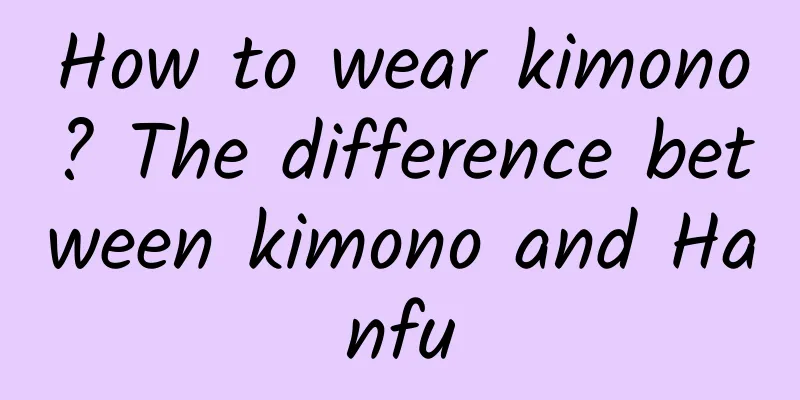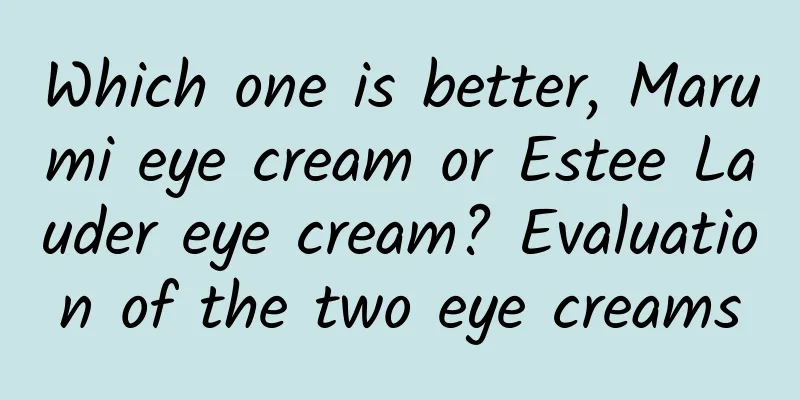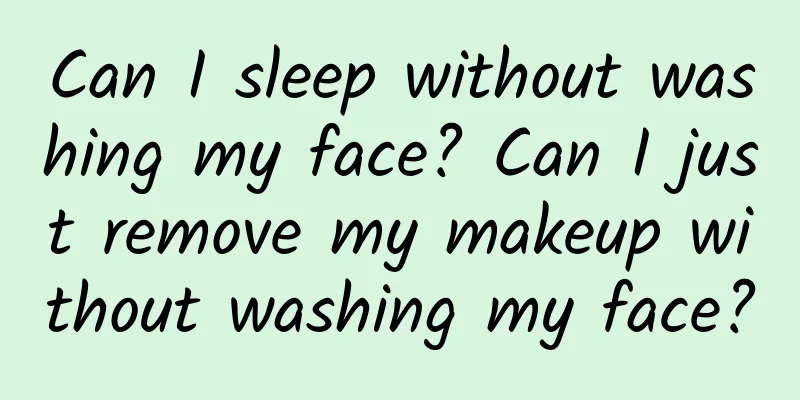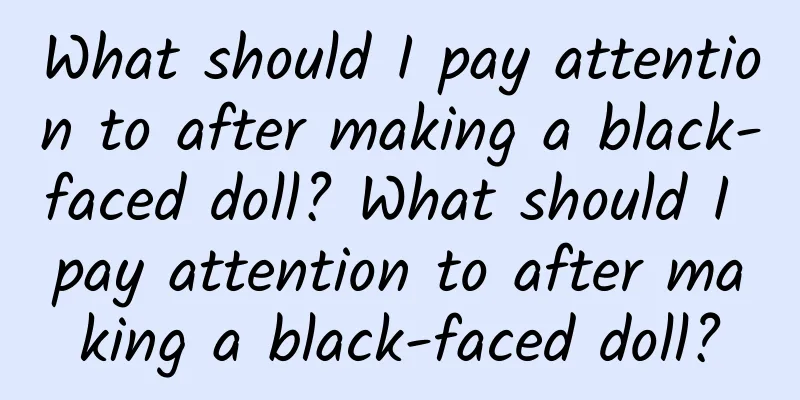How to wear kimono? The difference between kimono and Hanfu

|
Friends who often watch anime and Japanese dramas, I believe everyone is familiar with kimono. Boys and girls wear kimonos to attend fireworks festivals, and the flames in the sky form a beautiful landscape. So, do you know the correct way to wear kimono? Follow the editor to learn about it. How to wear a kimonoStep 1: Put on the kimono's undergarment first, not the undergarment we know today, but the undergarment we know in ancient times. Then put on the outer garment, pull up the left and right sleeves to make them stretch out. Step 2: The kimono jacket has a front and a back. The front is shorter and the back is longer. They are all on the same horizontal line. First straighten the left and right fronts, then lift the left lower front, and let the hem of the kimono hang in the air until the ankles are exposed. Then pull up the right lower front and cover it to the left of the left lower front. Then wrap it around the waist and tighten it, leaving no gaps. Step 3: When you fix the left lower front at the waist, a piece will be exposed on the chest. This is normal and will be fixed later. Then put a white belt on the waist of the kimono, wrap it from front to back, and then wrap it back from back to front. Fix the extra belt with a clip, so that it looks very neat. Step 4: Pull out the kimono in front of the chest and back to make the overall look more symmetrical. Then put the belt on the back, wrap it from the back to the front and tie a knot. The difference between kimono and hanfuFirst of all, the first difference is that there is a bag at the back of the kimono. The Japanese call them "belts". Its function is to modify the body shape, but Chinese Hanfu does not have this thing. And the Japanese kimono is adapted from the Hanfu of the Han Dynasty. Looking at the picture below, you can see that the Hanfu of the Han Dynasty and the kimono are very similar except that there is no "belt" at the back. Secondly, there can be no buttons in Hanfu, and it must be right-fronted, that is, the right collar is on top. If it is left-fronted, it means that it is the clothes worn by the deceased. But there is no such rule for kimonos. The reason why they are right-fronted is just because it is convenient when drawing a sword. Finally, the belt of our Hanfu is also called Bo belt. Its width is very thin, but the Japanese kimono is very wide, so this is very recognizable. And the cuffs of our Hanfu are all edged, and they must be different from the main color, but the kimono only has an edge on the collar, and there is no such small detail on the cuffs. What is behind the kimono?In fact, Japan does not have any traditional culture that is completely its own. Because it is relatively close to China, many things were borrowed from China in ancient times. The same is true for kimonos. They are borrowed from the clothing of the Tang Dynasty, because the prosperity of the Tang Dynasty is unmatched by many places. The earliest kimonos did not have a knot with the cloth. It was just a wide cloth belt wrapped around the waist. During the reign of Toyotomi Hideyoshi, he decided to open Japan to foreign learning. He saw many missionaries tied a thin rope on their robes, so everyone imitated it, but found that it was not as good-looking as imagined, so it was not widely used. Later, when the Korean geisha tied a tubular brocade belt around their waists, they found that it was very beautiful, so they promoted it in Japan. Later, people used wider and wider belts, but later they found that this would make the figure look unsightly, the waist look very thick and the body curves imperfect, so people began to tie knots at the waist, and this knot is equivalent to the buckle of the belt. At first, the knot was relatively small, but it could not bring out the perfect figure, so some people tied the knot very large and close to the chest, and found that this successfully lengthened the proportion of the legs and highlighted the figure. Later, the knot became larger and larger, so that it affected normal walking and work, so the knot was placed on the back, and slowly evolved into the kimono of today. Why are kimonos so expensive?1. Formal kimonos are basically made of pure silk. 2. The fabric is woven in a special way, and most of the dyeing is done by plant dyeing. 3. Almost all of them are handmade, and the construction period is long 4. Japanese textile prices are generally high |
<<: What is a yukata? What is the difference between a yukata and a kimono?
>>: Can shell heads be washed directly with water? What is the best way to wash shell heads?
Recommend
How many types of Estee Lauder toners are there? Which one is better?
Estee Lauder has more than just one toner. It pro...
Is belif chamomile mask useful? How about belif chamomile mask?
Chamomile is a very popular and beloved skin care...
How much does it cost to tattoo mist eyebrows? The difference between mist eyebrows and powder eyebrows
Everyone must have heard of a lot of medical beau...
Is it better to have nail extensions or nail tips? How much does it cost to have nail extensions?
If you have short nails and want to have a stylis...
How is Dior lip balm? The difference between Dior lip balm and lipstick
Dior is an international brand. In our daily life...
Can Xtep sports shoes be used for running? Can Xtep sports shoes be used for walking hundreds of miles?
There are endless sports products on the market n...
Is it better to apply sunscreen by hand or by a beauty sponge? Does applying sunscreen by hand carry bacteria?
Generally speaking, sunscreen is applied directly...
How to apply a facial mask to achieve the best effect? Common misunderstandings of applying facial masks
Facial masks have always been a popular and belov...
Symptoms of excessive skin care How to repair excessive skin care
Skin care is very important to us. Many people do...
How to choose suit styles and the rules of suit matching
With the development of the times, suits are not ...
Anna Berlin, who has German skin care technology, is really different
Recently, a German pharmaceutical company announc...
What is the principle of lipolysis injection? Are there any precautions after lipolysis injection?
Do you know about lipolysis injection? Today, I w...
Is Herbalife's meal replacement shake useful for weight loss? How does Herbalife's meal replacement shake work for weight loss?
Many people must have heard of Herbalife meal rep...
What are the common micro-plastic wrinkle removal surgeries? How much does micro-plastic wrinkle removal cost?
In fact, we often hear about micro-plastic surger...
How to choose the color of primer and how to remove it cleanly
When choosing a primer, you should pay attention ...









